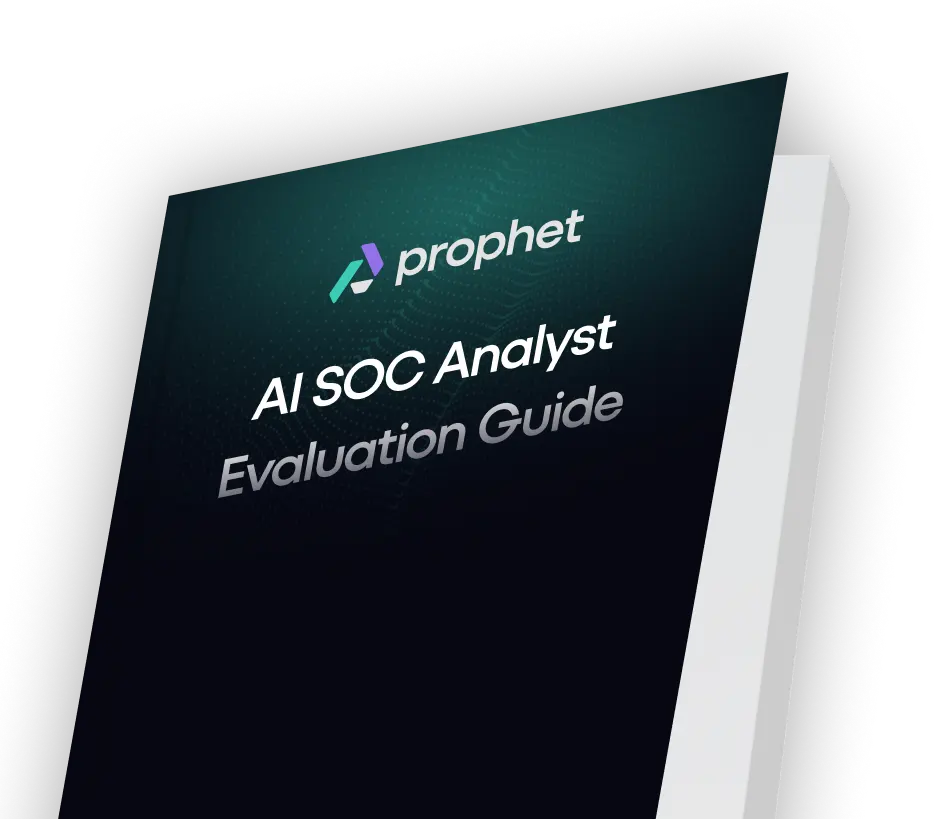
-min.webp)
As a former security analyst and leader at top Managed Detection and Response (MDR) providers such as Mandiant, Expel, and Red Canary, I’ve seen the category evolve from its early days—when we’d manually pull and analyze forensic data on a monthly basis to check for active compromise—to today, where we process terabytes of telemetry in real time. The best MDRs deliver exceptional outcomes for customers, but they’re not a silver bullet.
At the same time, AI-driven SOC Analysts are the latest buzz in security operations, promising autonomous investigations, scalability, and real-time response. But where do they fall short?
Let’s break down where MDRs excel, where they struggle, and how Agentic AI SOC Analysts fit into the equation.
MDR providers specialize in detection. They build and maintain detection rule libraries that apply across their entire customer base, often going beyond vendor defaults. By leveraging security telemetry from EDR, SIEM, and other sources, MDRs deliver broad coverage and help identify known threats and attack patterns.
They’ve got teams of analysts writing these detections, and if a technique is listed in MITRE and your security tools can see it, a good MDR should catch it.
Detection coverage and response time are the top two things to evaluate when considering an MDR. And it makes sense—MDRs are designed to escalate threats as early as possible.
The challenge? They don’t always go deep on investigations and often lack context to make accurate determinations.
If an MDR is managing hundreds of customers, its analysts may not have the time or context to fully investigate every alert. In the worst cases, security teams end up answering a stream of follow-up questions from outsourced analysts who don’t have enough information to resolve alerts independently.
Instead of saving time, teams end up spending even more of it.
Great MDRs provide strong detection coverage, but they need to solve for the masses at scale. That means they aren’t built for every use case, especially for organizations with complex environments or mature security programs that rely on custom detections.
Here’s where MDRs struggle:
These challenges open the door for more automated, context-aware security operations.
{{ebook-cta}}
Agentic AI SOC Analysts are designed to fill these gaps by autonomously investigating alerts, applying contextual knowledge, and scaling security operations beyond human limits. Here’s how they help:
For organizations using an MDR, an AI SOC Analyst can amplify the impact, handling deep investigations, reducing the time spent on triage, and enabling faster response. This allows MDRs to focus on detection while AI-driven investigations add the missing context.
For organizations without an MDR, an AI SOC Analyst can serve as a replacement, delivering continuous monitoring, investigation, and response—without relying on an outsourced team.
The catch? AI SOC Analysts still need detections to work with. Whether from native security tools or a custom-built SIEM pipeline, they need a starting point.
Ultimately, whether you need both depends on:
MDRs have played a vital role in modern security operations, but they aren’t without limitations. Agentic AI SOC Analysts take a different approach—focusing on scalability, investigation depth, and speed.
Whether as a complement or a replacement, AI-driven security operations are reshaping how threats are investigated and resolved. Organizations evaluating their security strategy should consider where MDRs and AI SOC Analysts fit in—either as standalone solutions or as an integrated approach—to maximize security effectiveness.
Your definitive guide to evaluating AI-powered SOC solutions that actually work

